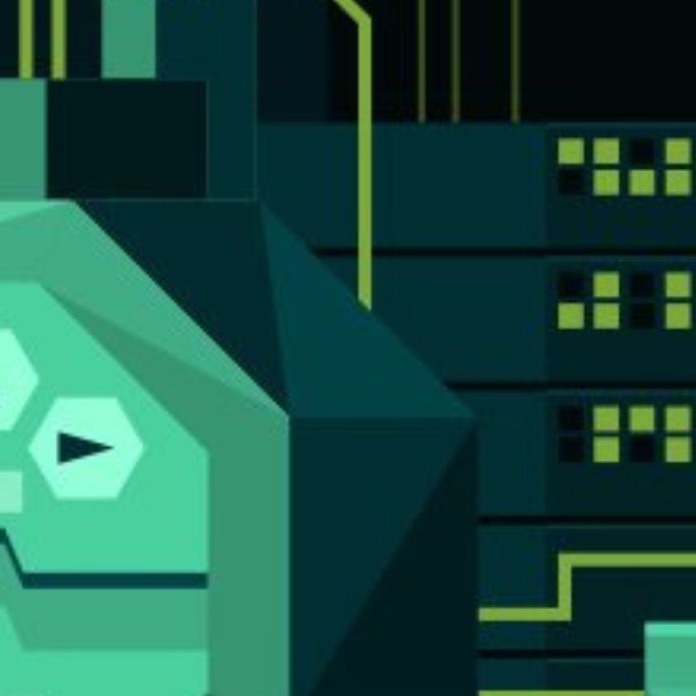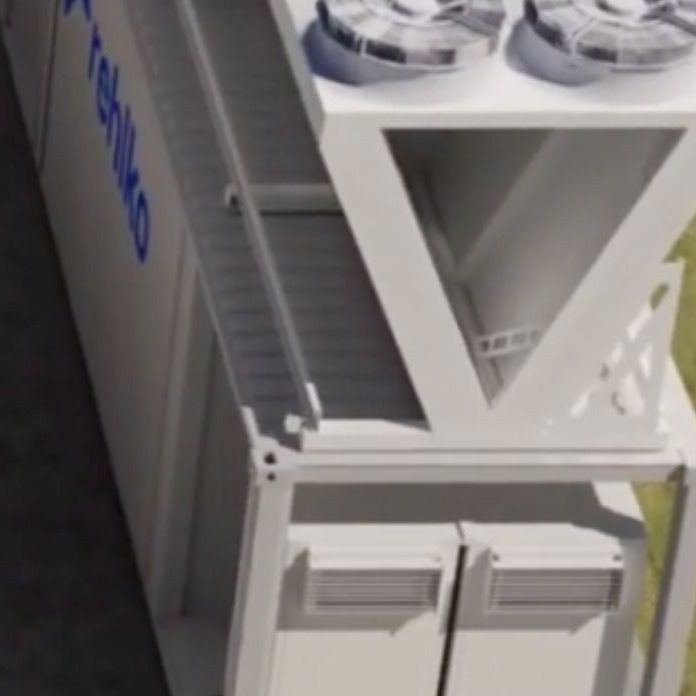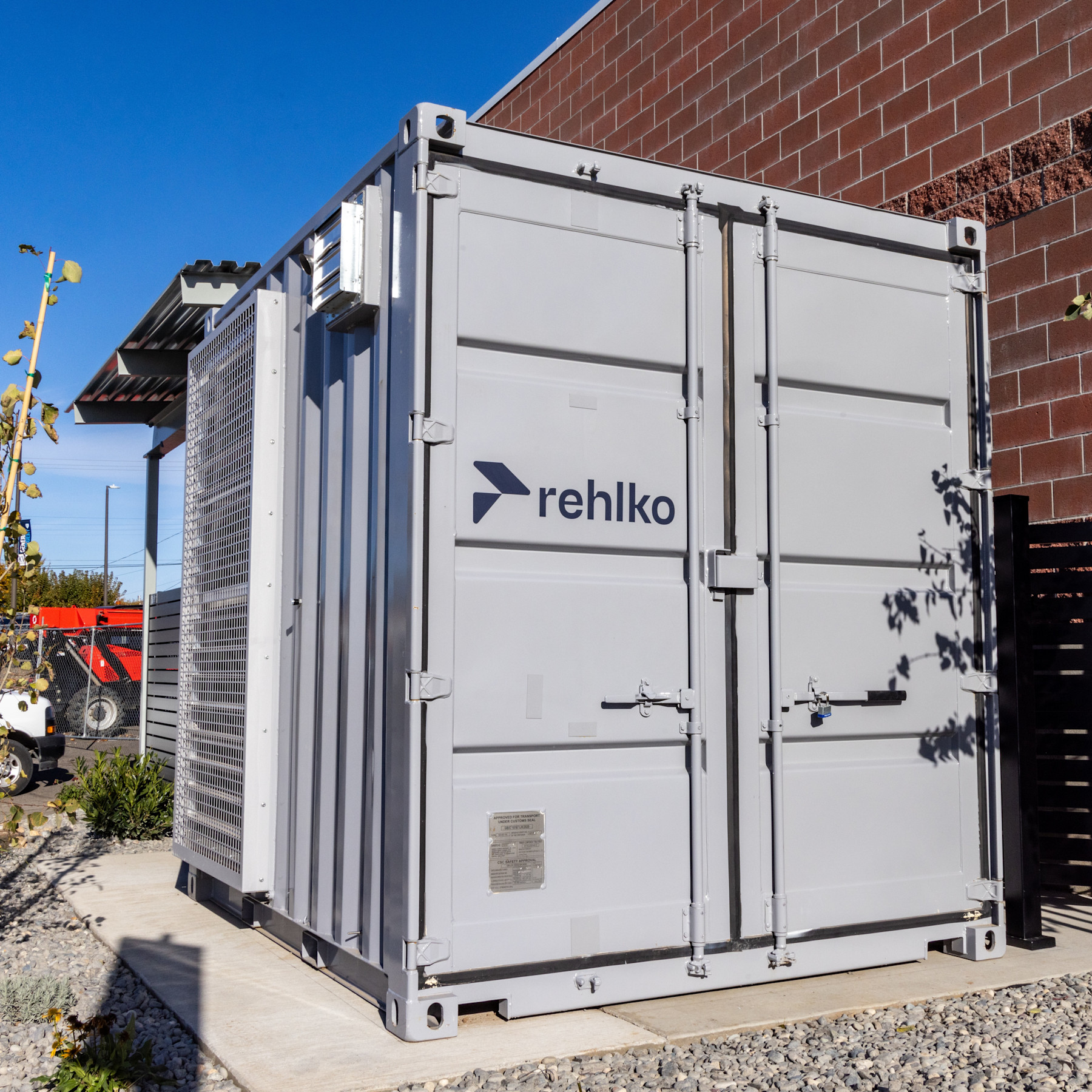Rehlko x Toyota: Creating a Hydrogen-Enabled Future Together
 Print
PrintBlog Series: Rehlko × Toyota 2
Missed the first in the series? Catch up here.
If hydrogen is going to be a viable option for traditional data center backup power systems, it has to do more than check the “zero emissions” box. It has to meet the same performance standards that customers expect from diesel: fast startup, reliable load following, and seamless deployment in real-world conditions.
That’s the engineering challenge Rehlko set out to solve. And with support from Toyota’s long-established fuel cell expertise, that challenge is being met with real results.
How It Works: Fuel Cells at the Core
At the heart of Rehlko’s new hydrogen-powered generator are Toyota fuel cell modules originally developed for the Mirai, Toyota’s hydrogen-powered vehicle. These modules are designed to deliver clean, efficient electricity at scale, but each unit produces a relatively modest amount of power.
To meet the high-output needs of data center customers, Rehlko aggregates multiple fuel cell modules into a unified generator system. In the 1MW configuration, for example, 16 Toyota fuel cells are connected to operate in sync. Rehlko designed the overall generator system to ensure that these modules work as one cohesive platform, supporting larger loads and demanding applications.
What Rehlko Adds
Toyota provides the fuel cell modules, the engine of the system, while Rehlko brings everything else together. The generator includes power conversion equipment, cooling systems, starting batteries, and Rehlko’s own control logic to orchestrate the entire process.
Rehlko’s control system manages fuel cell coordination, power output regulation, and integration with site-level power management systems. The power conversion unit transforms the DC power produced by the fuel cells into usable AC power, ensuring compatibility with standard infrastructure. These systems are designed to support fast response times and stable voltage under dynamic load conditions.
All of this is integrated and tested in Rehlko’s manufacturing facilities. The result is a fully contained, modular generator system that functions like a conventional backup unit while delivering zero-emission operation.
Designed for Performance
One of the key differentiators of Rehlko’s hydrogen generator is its ability to perform under pressure. In mission-critical scenarios, a backup system needs to start quickly and adapt to shifting loads without lag.
Rehlko’s system was built with that expectation in mind. The 1MW platform is configured to meet NFPA 110 standards for generator startup and can respond dynamically to real-time load changes. These capabilities align hydrogen backup power with the performance of traditional diesel systems.
The system can achieve startup within 10 seconds and handle load steps of up to 50% without voltage deviation beyond standard tolerances. These capabilities make it viable for environments with strict uptime and regulatory requirements, such as hospitals and Tier 3 and 4 data centers.
Scalable, Modular, and Deployment-Ready
Rehlko’s hydrogen system has already proven its potential in real-world conditions. A pilot deployment at Klickitat Valley Health — a rural hospital serving over 10,000 people in Washington State — has demonstrated how the technology performs in mission-critical environments. The project showed that hydrogen fuel cells can offer fast start-up, high efficiency, and exceptional transient response under real backup power loads.
Now, Rehlko is testing how this system translates into data center scenarios, where uptime expectations and load dynamics are even more demanding. With that goal in mind, the hydrogen generator was designed from the ground up to meet the operational standards of hyperscale digital infrastructure.
Each 1MW generator is a self-contained unit, but systems can be networked through a centralized controller to function in parallel. This enables seamless capacity scaling without re-engineering the base system. For engineers, the plug-and-play architecture reduces on-site complexity and accelerates commissioning timelines.
The modular design mirrors the flexibility that customers already expect from conventional backup power equipment. The generator includes everything needed to operate, aside from the fuel supply. Depending on the application and expected runtime, customers can pair the system with either gaseous or liquid hydrogen storage, optimizing volume, transport, or refill cadence.
Built for Real Conditions
Too often, alternative power solutions are limited by idealized conditions. Rehlko’s approach is grounded in practicality. The hydrogen generator has been engineered to operate in real-world scenarios where grid interruptions can happen without warning and systems must be ready at a moment’s notice.
Whether it’s load step changes, temperature variations, or fluctuating site demands, the hydrogen generator performs with the same reliability that Rehlko’s customers have come to expect, only now, with zero emissions.
Innovation You Can Use
Rehlko’s hydrogen-powered system isn’t a science project. It’s a fully engineered, commercially ready backup power solution. With Toyota’s proven fuel cells at the core and Rehlko’s system-level design and manufacturing, the result is something both innovative and familiar.
It works like the backup systems customers already know, but cleaner, quieter, and with the flexibility to scale into the future.
Read more about hydrogen solutions here.



